During his last visit, Peter Chiang had explained to us his work on JOHN CARTER, he then took care of the visual effects of TOTAL RECALL and GODZILLA.
How did you got involved on this show?
I supervised a TV Pilot with some VFX work for Ridley and he asked me if I would like to do EXODUS.
How was your collaboration with director Ridley Scott?
We had a good working relationship, he’s a master at illustrating what he needs and always gave us a clear indication of what he wanted.
What was his approach about the visual effects?
Heightened reality was his basis. He would look at what we were doing and push the design and composition. Everything had a logical explanation amped to eleven.
Can you describe your work on-set and then during the post?
Visual effects today is about gathering as much information as you can when you shoot. I would have meetings with Ridley and Arthur Max (Production Designer) to discuss what was practical to build and what we could do digitally. In post to maintain a continuity with all set extensions we continued working with Mark Holmes (Supervising Art Director).
Many studios are involved on this show. How did you split the work amongst them?
The Third Floor under Albert Cheng, did all the previs and some of the temps for the show.
There were six post VFX houses who completed the final 1300 shots in the show (actually worked on 1400). The rough split:
– MPC under Jessica Norman, handled the Battle of Kadesh and from once the 400,000 Hebrews leave Pi Ramses to the end of the film which included the Red Sea sequence.
– Dneg under Charlie Noble, handled all the set extensions in Egypt and all the plagues before this.
– Lola under Max Wright handled the mudslide and enveloping of Moses.
– Peerless under Marc Hutchings, worked on some green screen set extensions and bits and pieces.
– Method under Simon Carr, worked on some views of the city, Malak out of the eclipse sequence and the rebel training ground.
At the last hour Scanline under Stephan Trojansky, was brought in to help solve some “Flowline” issues as MPC holds a license and they completed about 20 big wave shots.
Can you tell us more about your collaboration with the various VFX Supervisors?
It was a great show to work on, there was added pressure from the short post period but all the Supervisors rallied round, sharing assets, making the process as easy as possible for the crew.
How did you work with The Third Floor for the previz?
Albert Cheng, Supervisor set up shop in Pinewood during the preproduction period with about eight workstations. We would have regular work meetings together and with Ridley leading up to the shoot.
The movie is featuring many locations. Can you tell us more about their creation?
The film was shot in the UK, Spain and the Canary Islands with some additional photography in Egypt. VFX worked closely with Art Department to blend all the environments.
What was the real size of these sets?
Arthur Max likes to build big sets and for the Pi Ramses square this ended up being 200 square feet and at its least 40ft high.
Can you tell us more about the filming locations?
UK was mostly sound stages interior sets and the paddock tank (Crocodile sequence, Nile river sequences) and U Stage (Underwater). Almeria was Battle of Kadesh, Pi Ramses 10 years before and after, Pithom and Quarry. Fuerta Ventura was the four beaches used to make up the Red Sea crossing: Cofete beach, Light House beach, Sotovento beach, Bad Name beach. Chariot chase and Midian Village was also on the Island. Throughout the shoot various army and hebrew travelling shots were grabbed whenever a good location was found.
What was the most complicated location to create and why?
The Red Sea sequence because of the merging of so many physical locations with water.
Many shots have huge numbers of people and crowd. Can you tell us more about it?
MPC used their proprietary crowd software Alice and Dneg used their Riot software. A week of motion capture by Audiomotion supplied some very important data including rigging a capture area for Chariots and Horses at an Equestrian Riding School.
How did you approach the Plagues of Egypt?
Ridley wanted all the plagues to have a natural explanation and to be represented realistically. Once this was set we then pushed the reality to make the sequences more impactful.
Can you explain in details about the crocodiles sequence?
We shot on the Pinewood tank with a wrap around blue screen. SFX led by Neil Corbold with Joss Williams built a sinkable boat on a three axis gimbal in the deepest part of the tank. Water jets and air rams fired interactive water onto the Egyptians so that this could be tied in with the thrashing of crocodiles. In post all the water was replaced and the crocodiles were added into Nile based plates to make up the environments.
How did you manage the huge numbers of frogs and then the flies?
We shot with 400 frogs on set which didn’t look like much or did they behave very interestingly but served as good lighting references. We came up with “mud” surges of frogs to make them more visible.
For the flies we had an insight with a sequence we did for a TV Pilot Ridley directed. Erratic and very swarming was the brief. We were careful to make sure the signature flight characteristics were different enough from the locusts which were more straight line waves.
The skies in the movie have specific look. Can you tell us more about this aspect?
Ridley loves his epic skies. We would set the tone for each individual sequence by a digital painting of a sky. We created a library to draw from.
The Red Sea sequence is really impressive. How did you approach it?
We always knew we needed to sculpt the wave artistically for Ridley so from the outset we created a lot of controls. The bottom part of the water, up to 30ft we called the “Churn” which resembled crashing waves on the shore and tsunami footage. At a certain point in the sequence from behind, a “Hawaiian” wave bulges up and this creates the wall of water until it breaks.
At the start for the white horse shots it rises to approx 100ft and then later up to a maximum of 180ft. We studied every piece of surfing footage to get as much detail then increased its scale and shape according to Ridley direction.
Have you received specific indications from Ridley Scott for this sequence?
We designed the wave through previs and look development bringing Ridley in to comment at very specific times.
Can you tell us more about the huge water simulations?
Flowline and live action elements served as the basis for the composites. Some simulations took a week!
Was there a shot or a sequence that prevented you from sleep?
The time it took to see iterations of the wave kept us all awake. It was a tough sequence and we could have always done with more time. Further complicated by the native 3D.
What do you keep from this experience?
Start everything as early as possible.
How long have you worked on this show?
In total a year and a half.
How many shots have you done?
1300 shots in the film with probably 100 on the cutting room floor.
What was the size of your team?
At its peak it must have been 2000 artists and producers.
What is your next project?
Still to be decided and not in a rush.
A big thanks for your time.
// WANT TO KNOW MORE?
– Double Negative: Dedicated page about EXODUS: GODS AND KINGS on Double Negative website.
© Vincent Frei – The Art of VFX – 2015


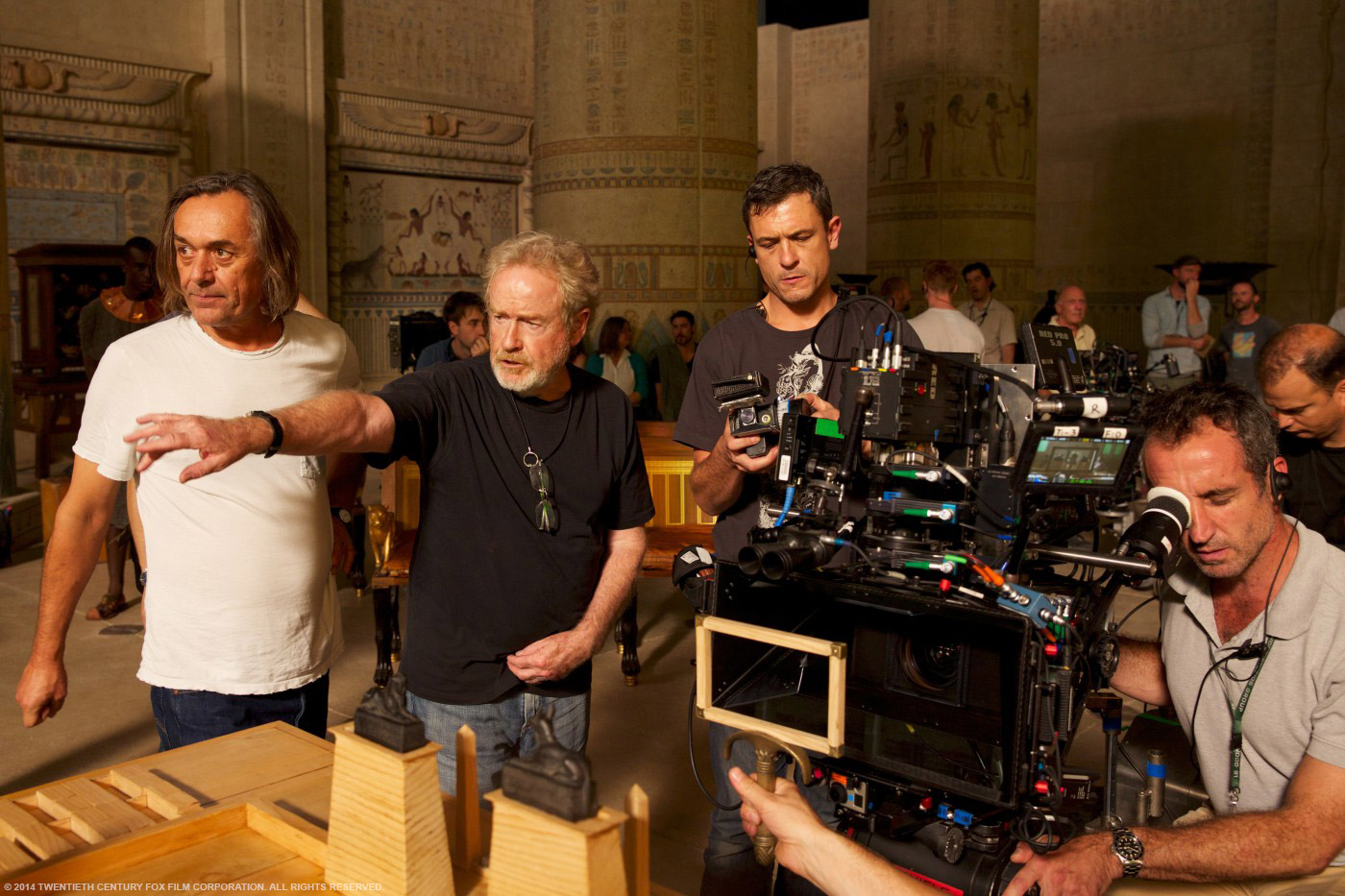
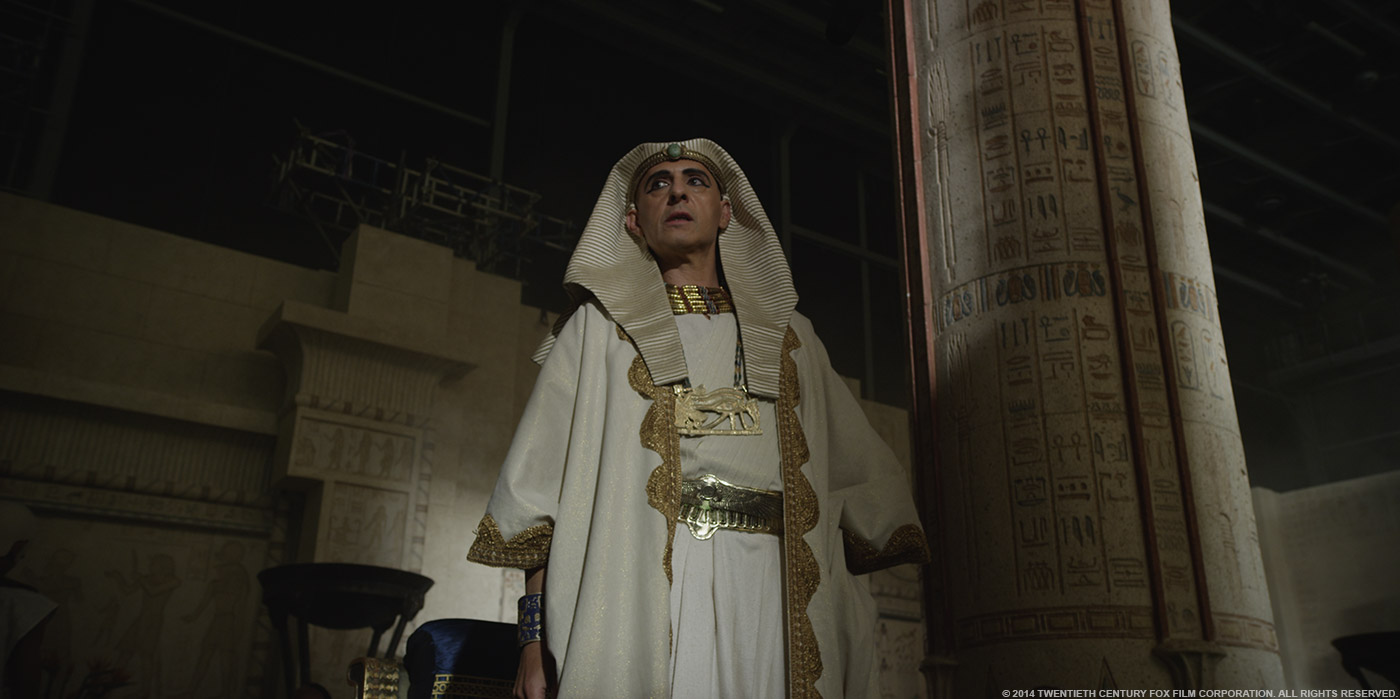
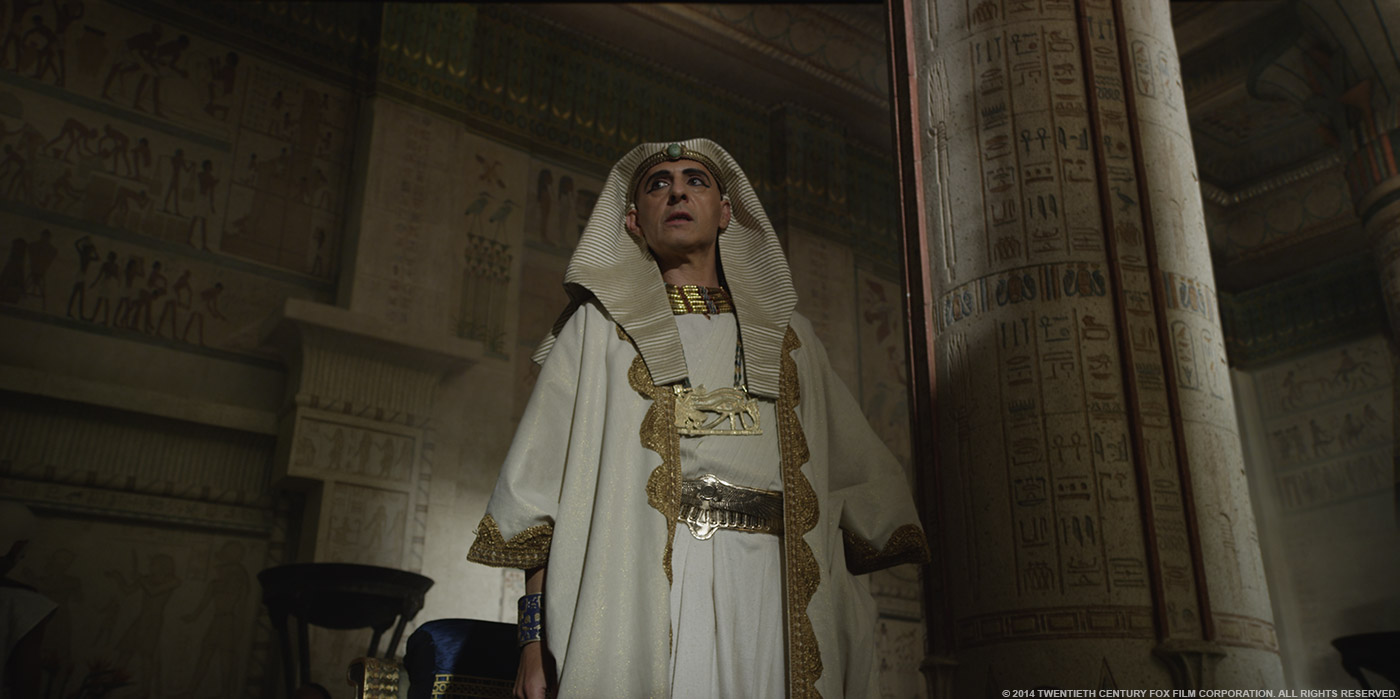
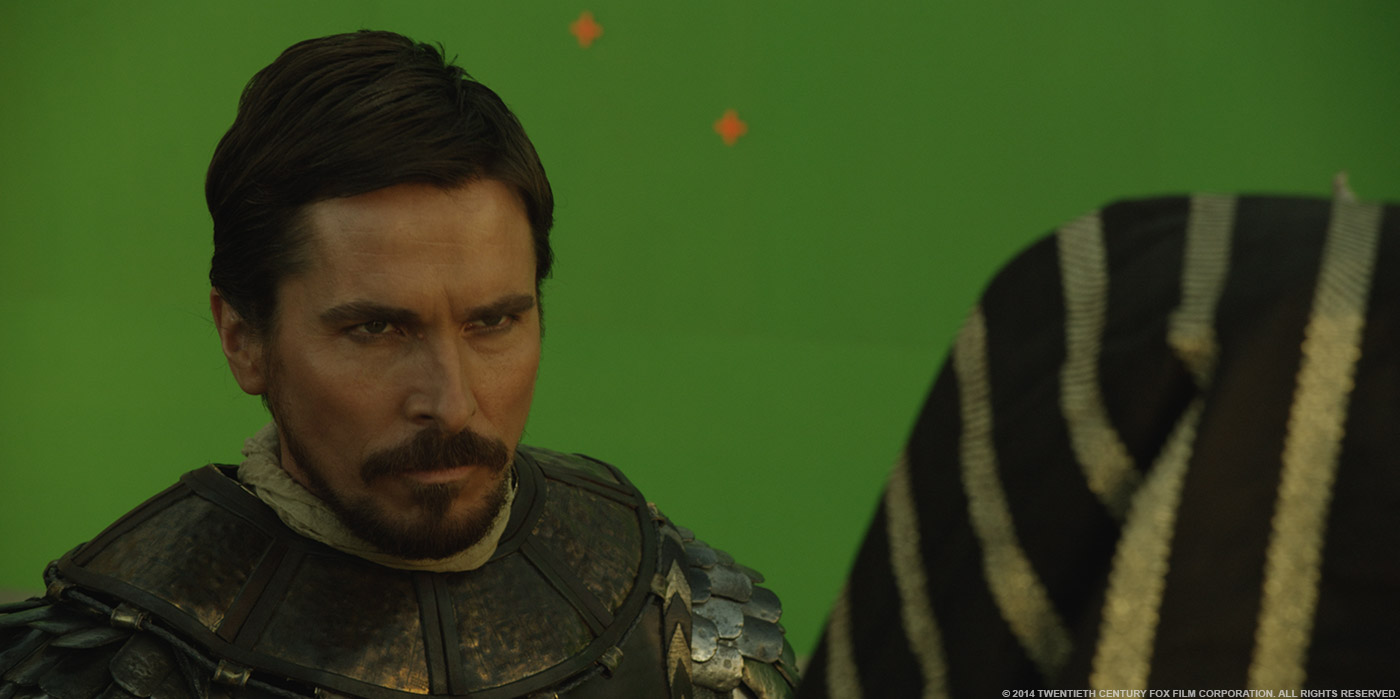
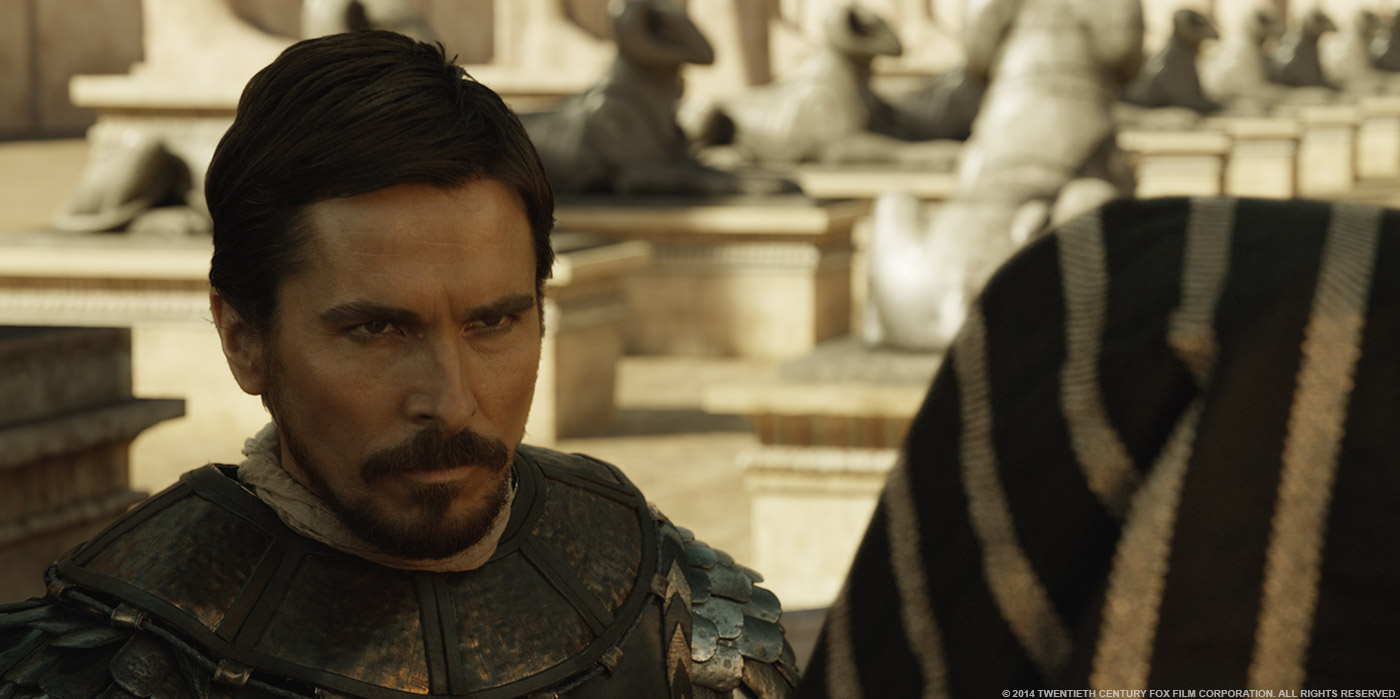
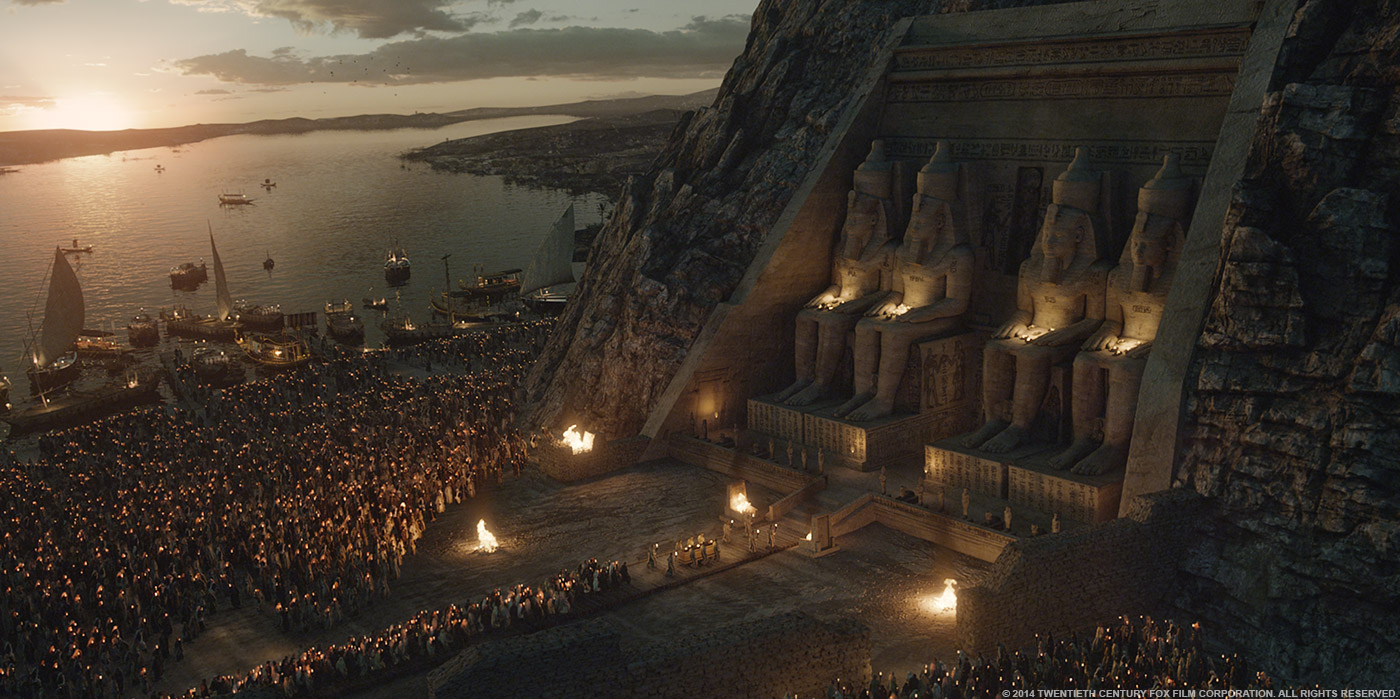
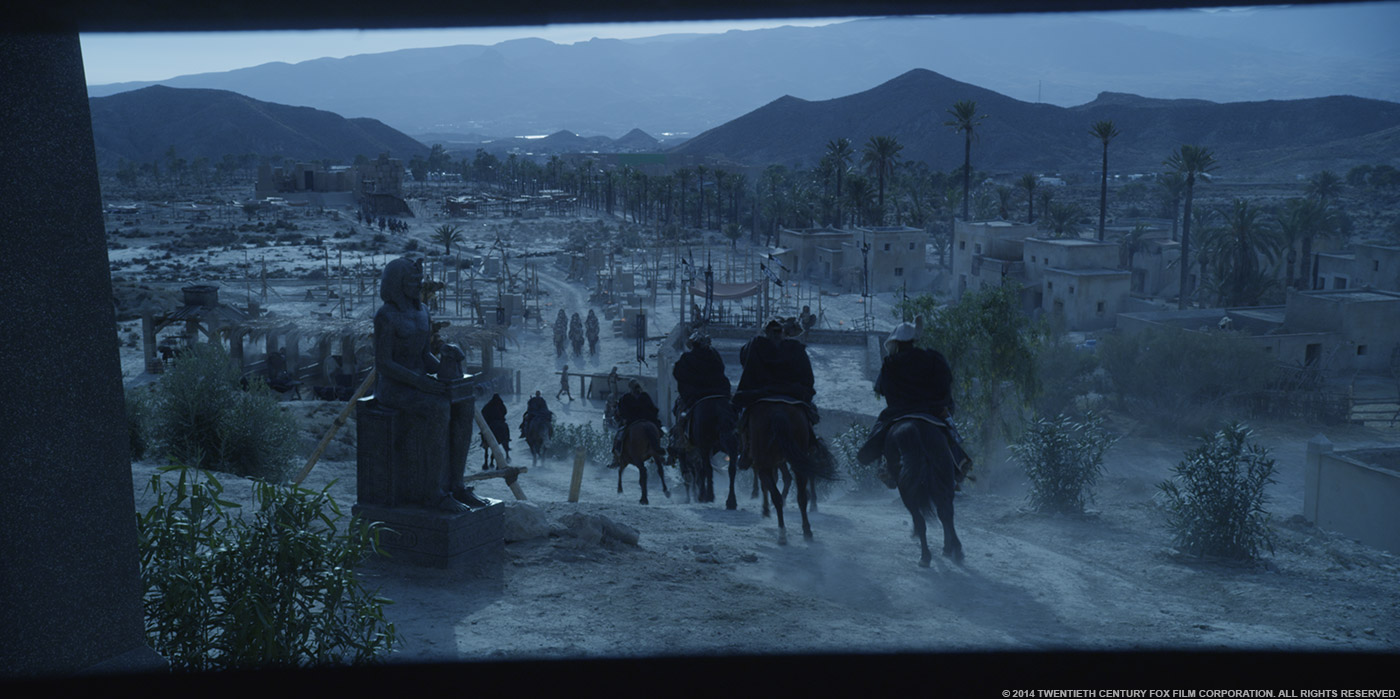
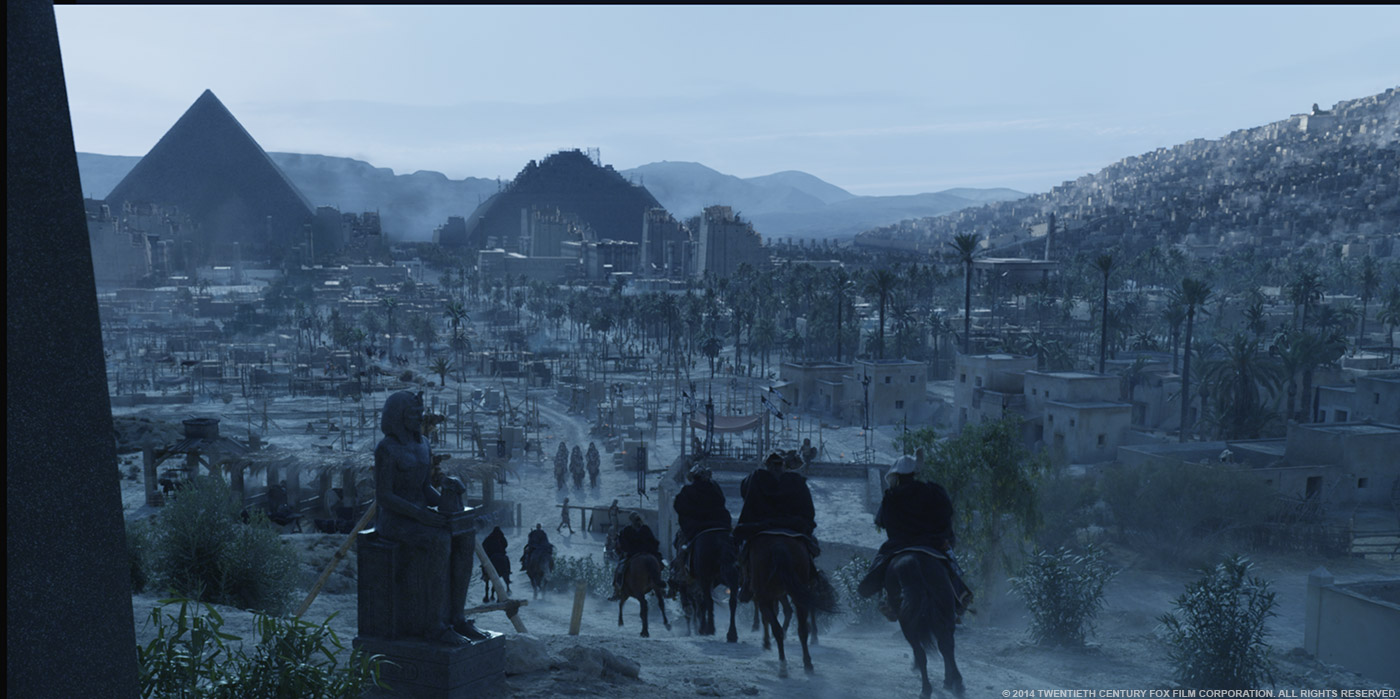
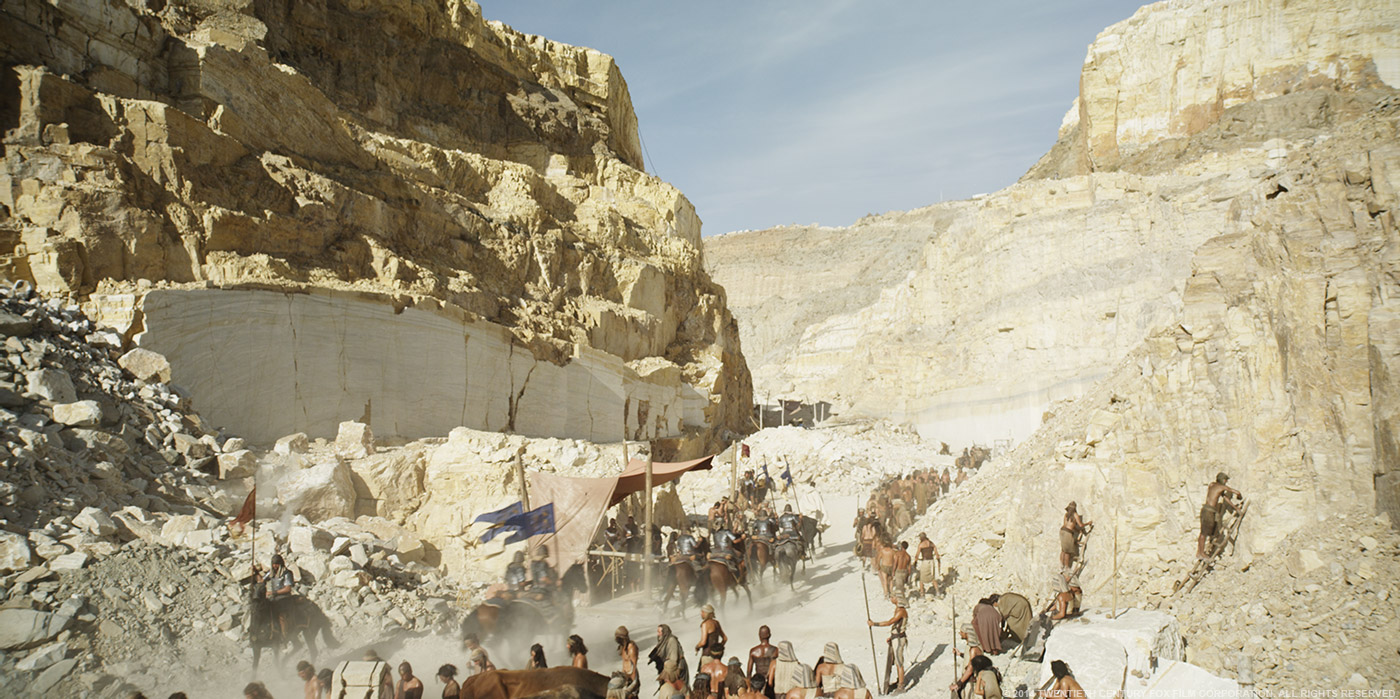
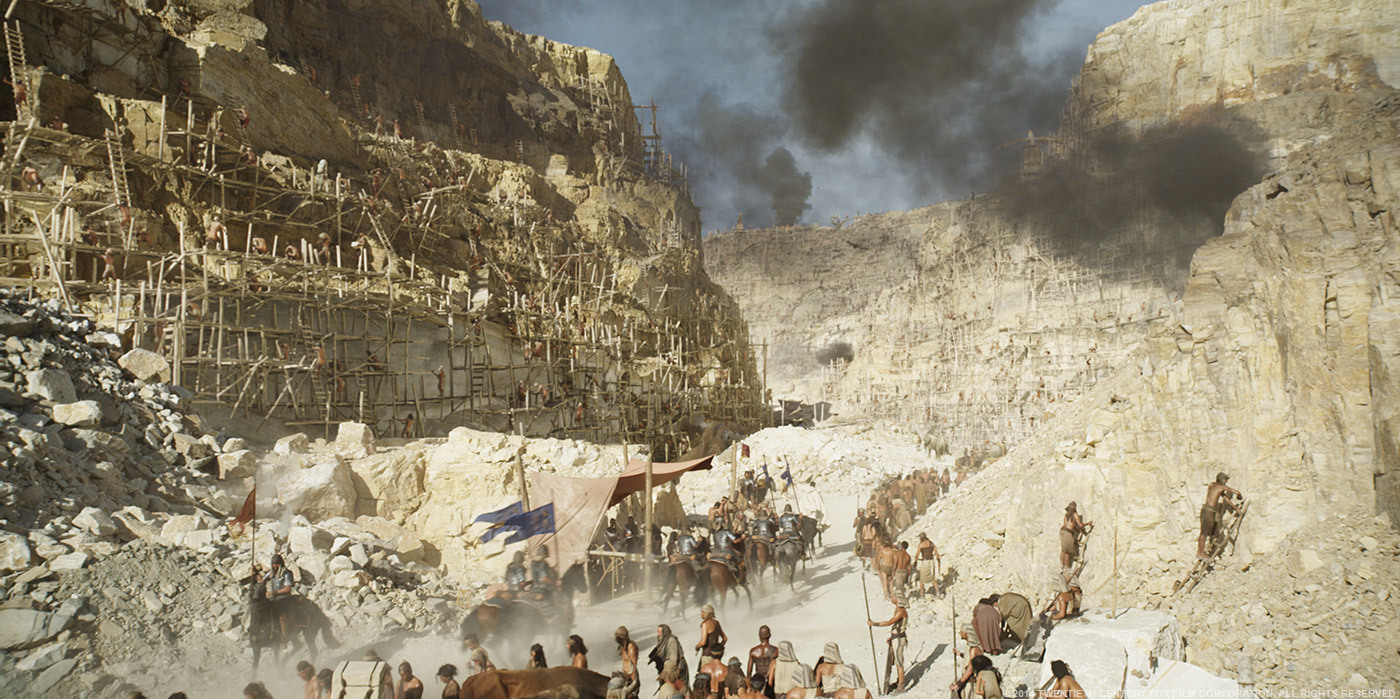
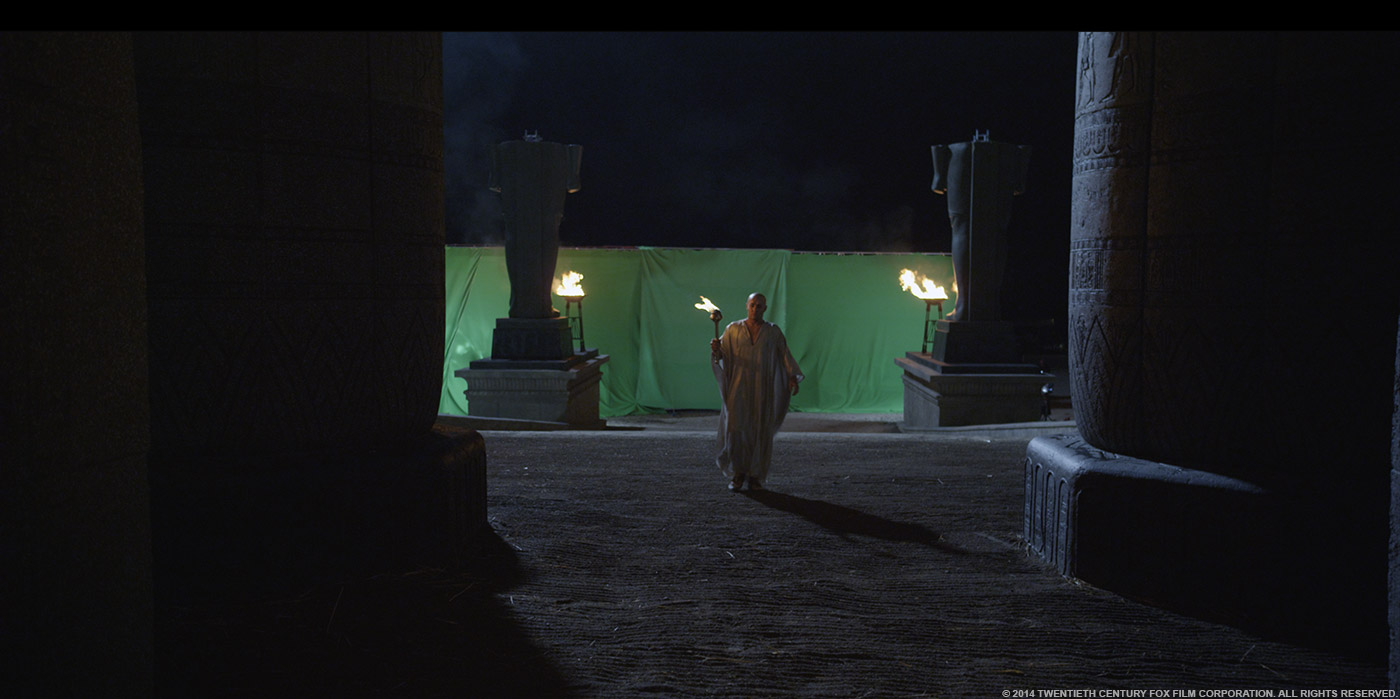
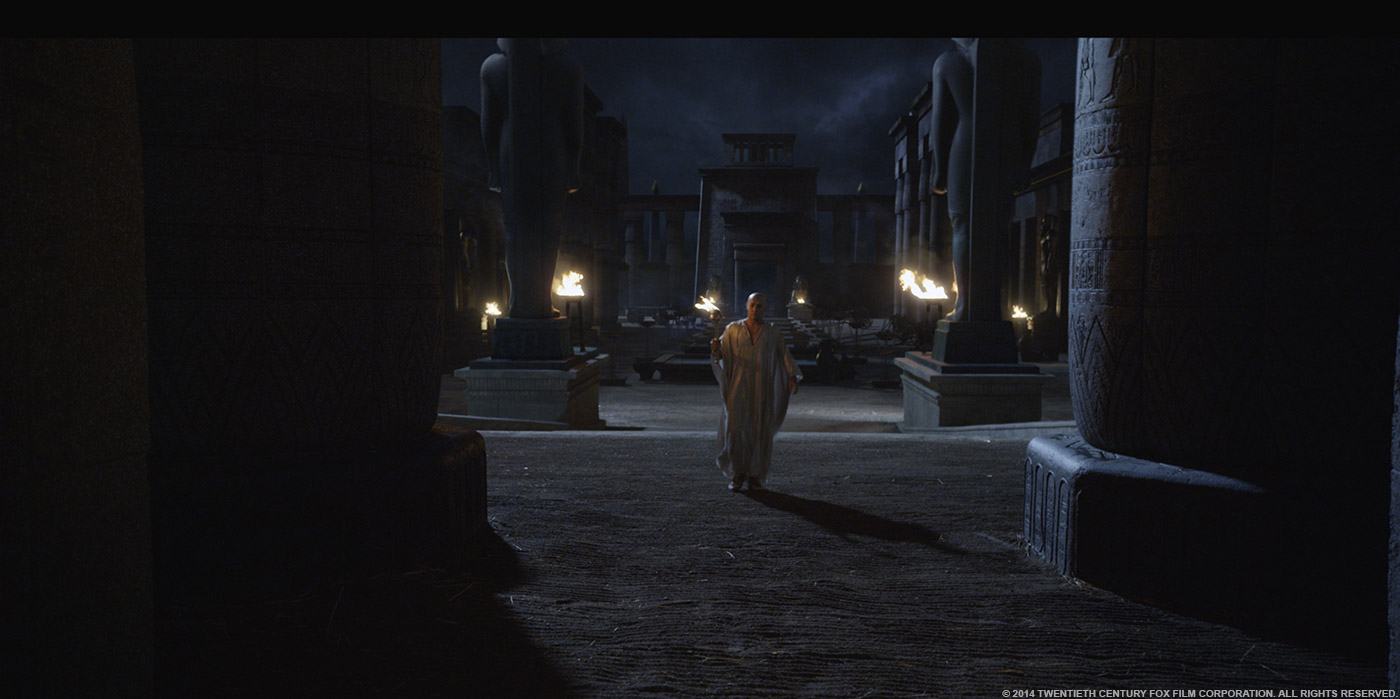
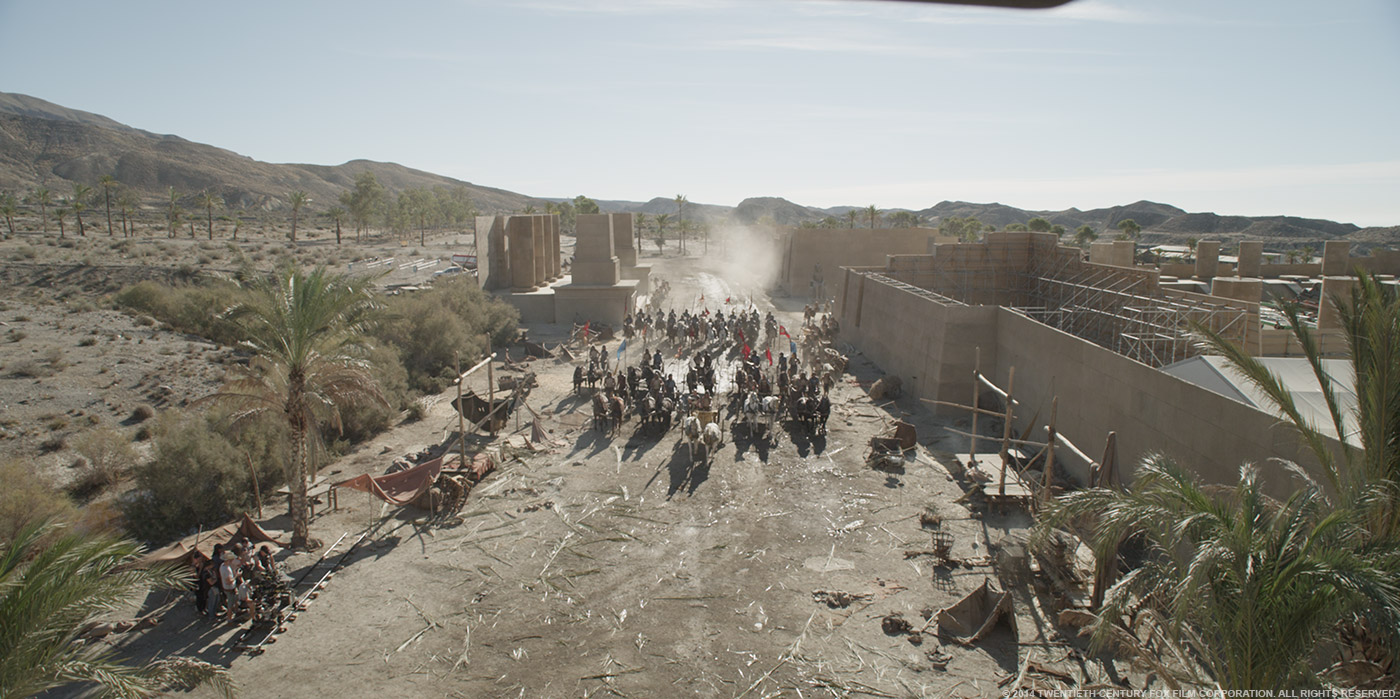
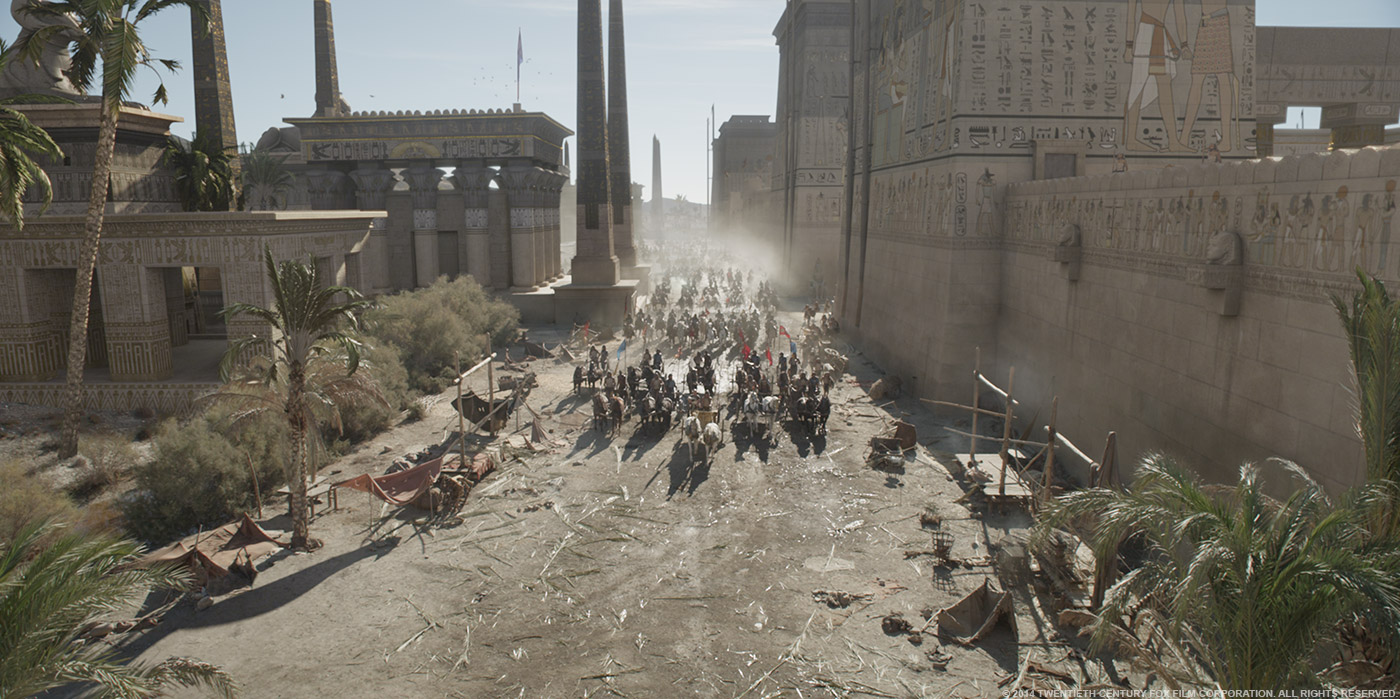
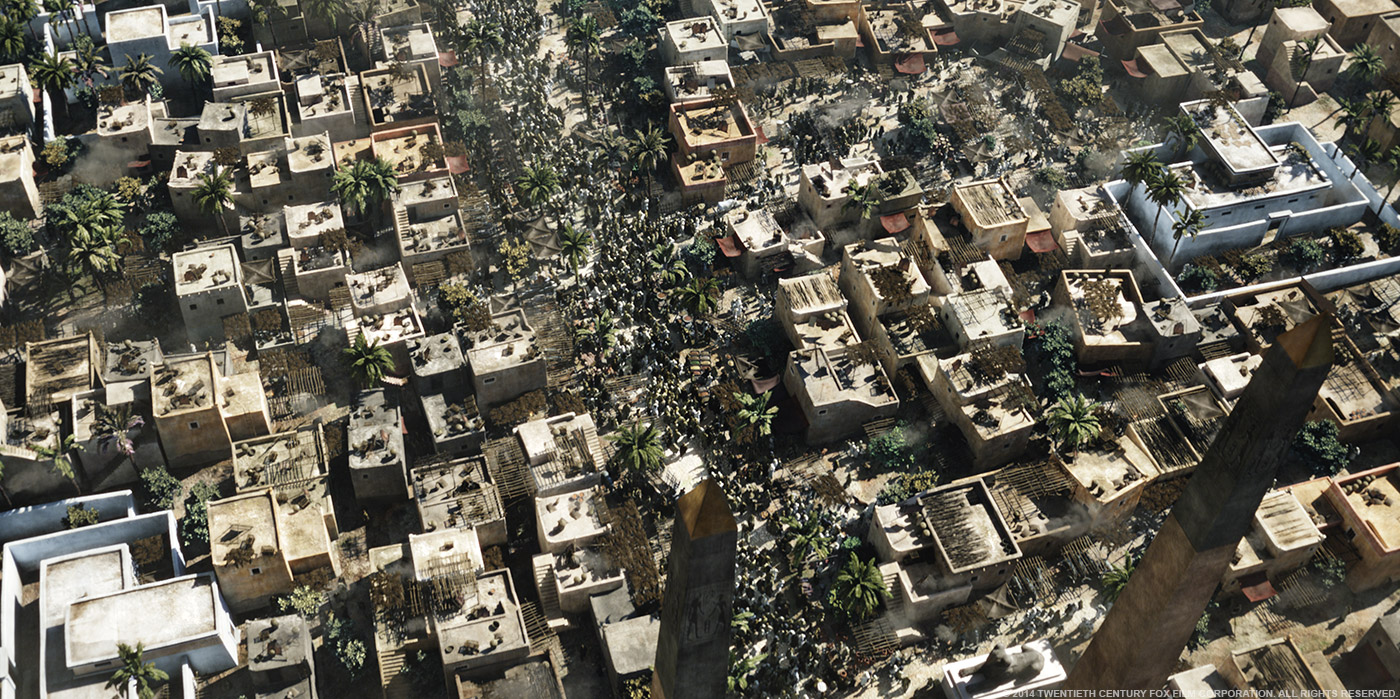
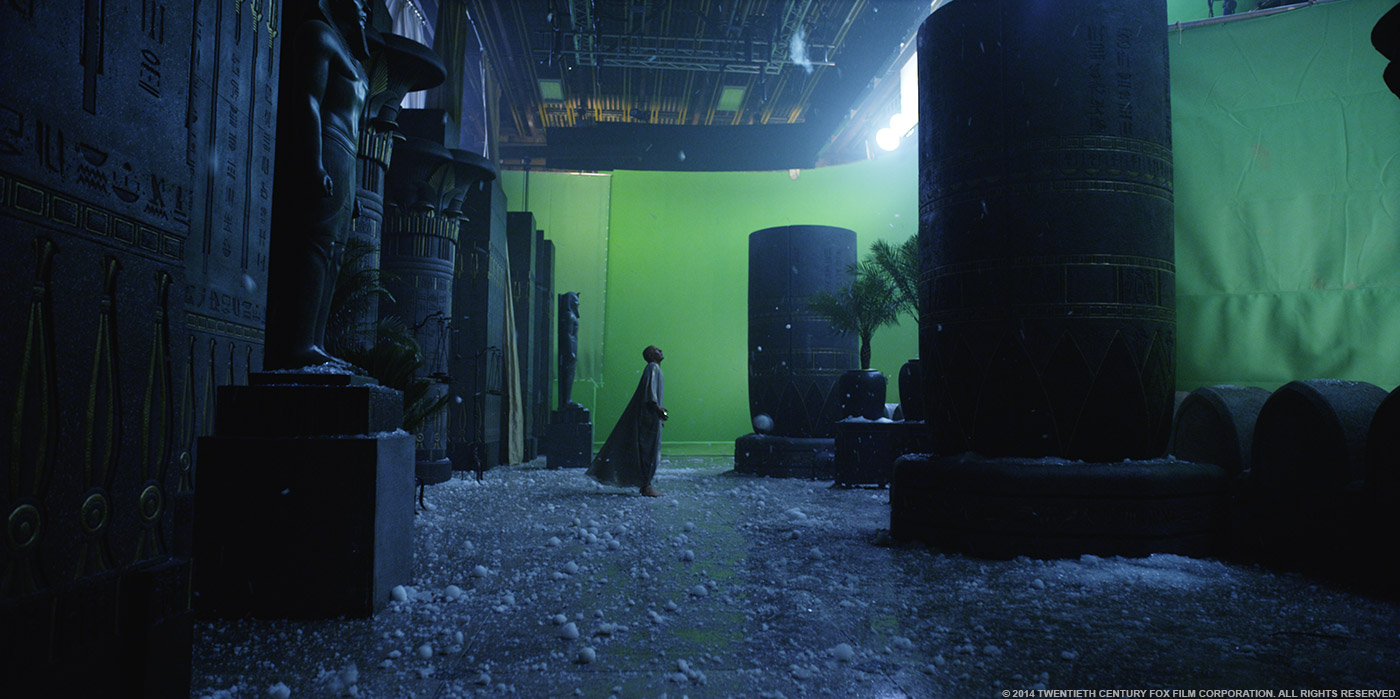
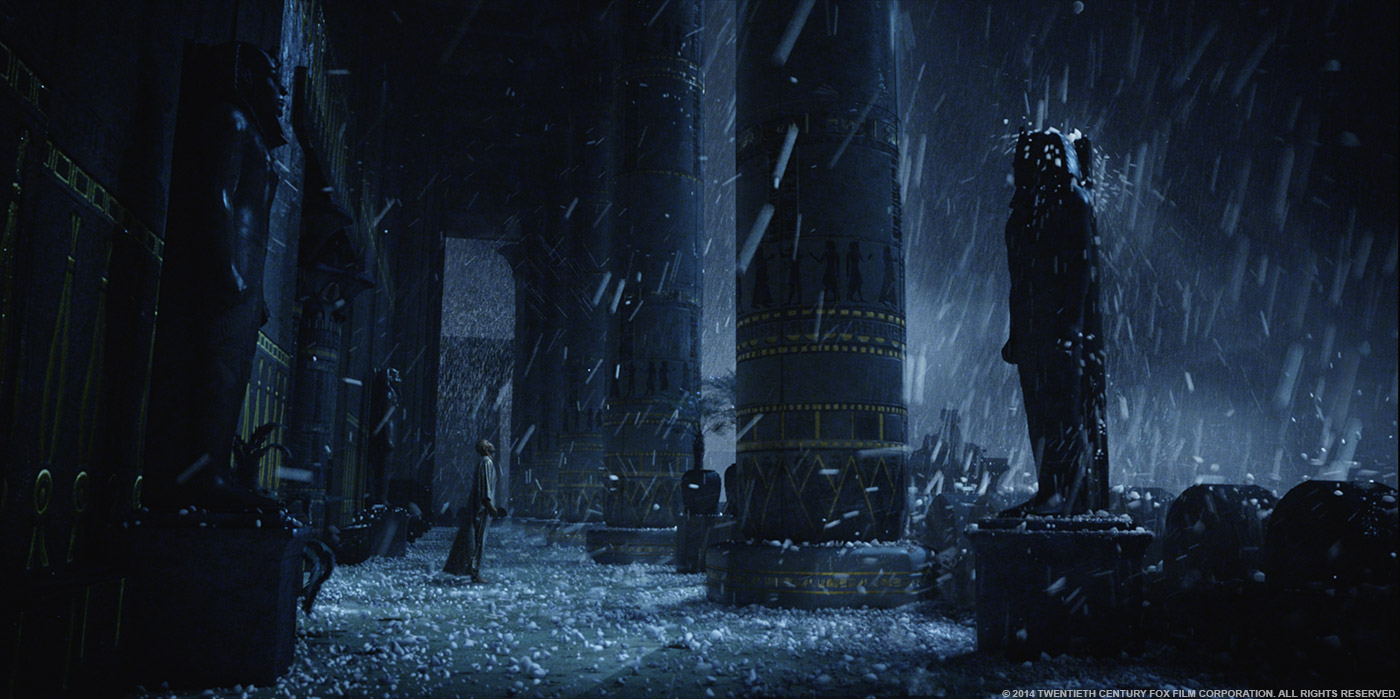
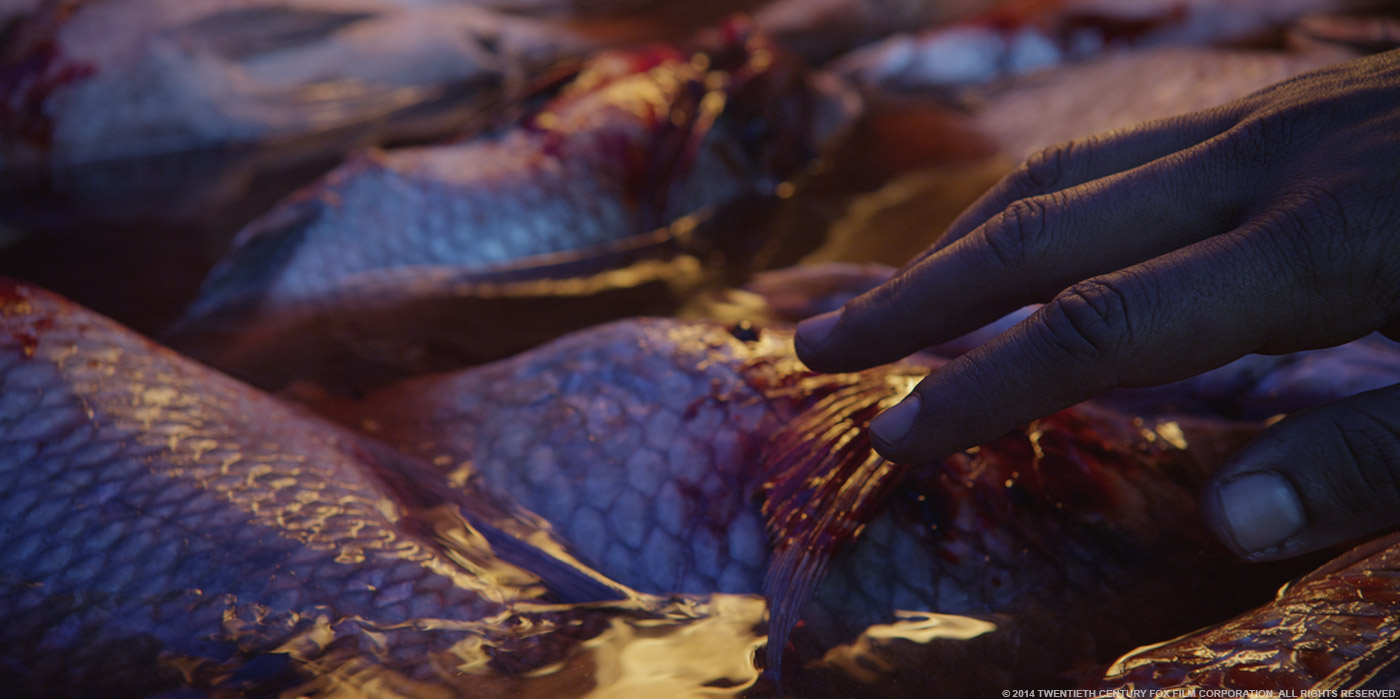
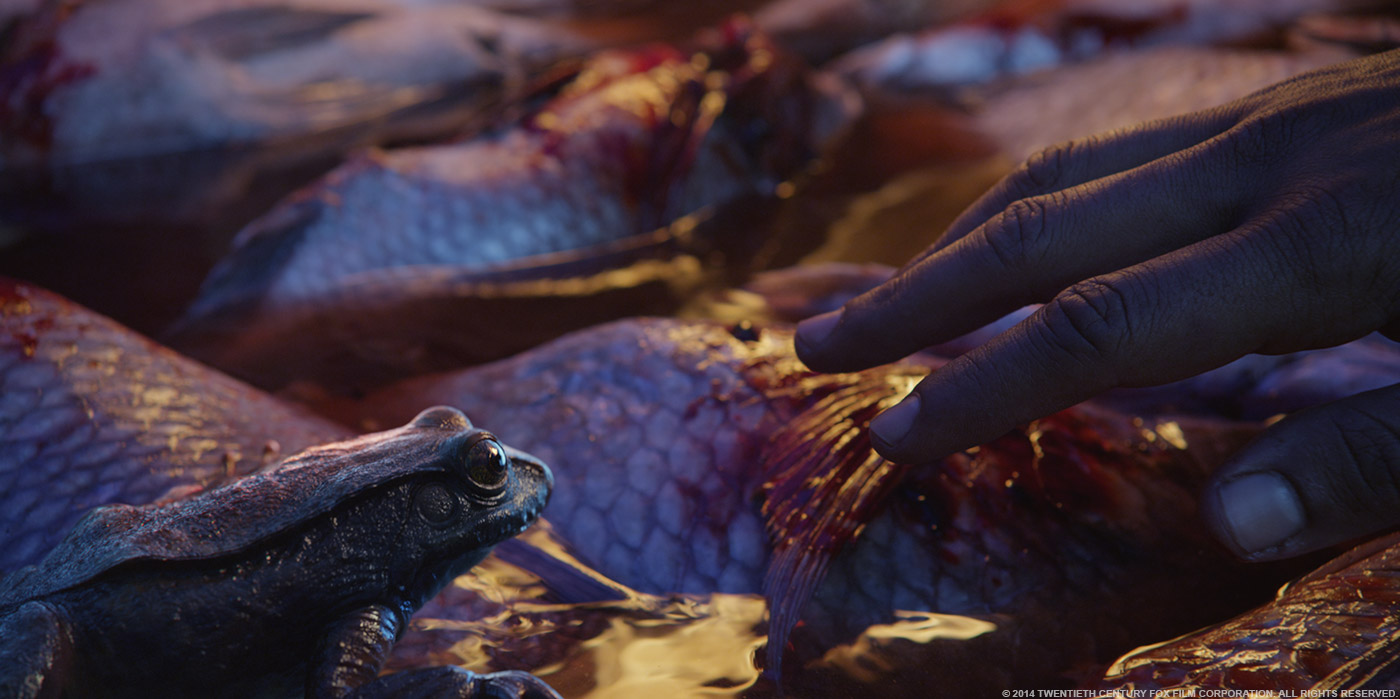
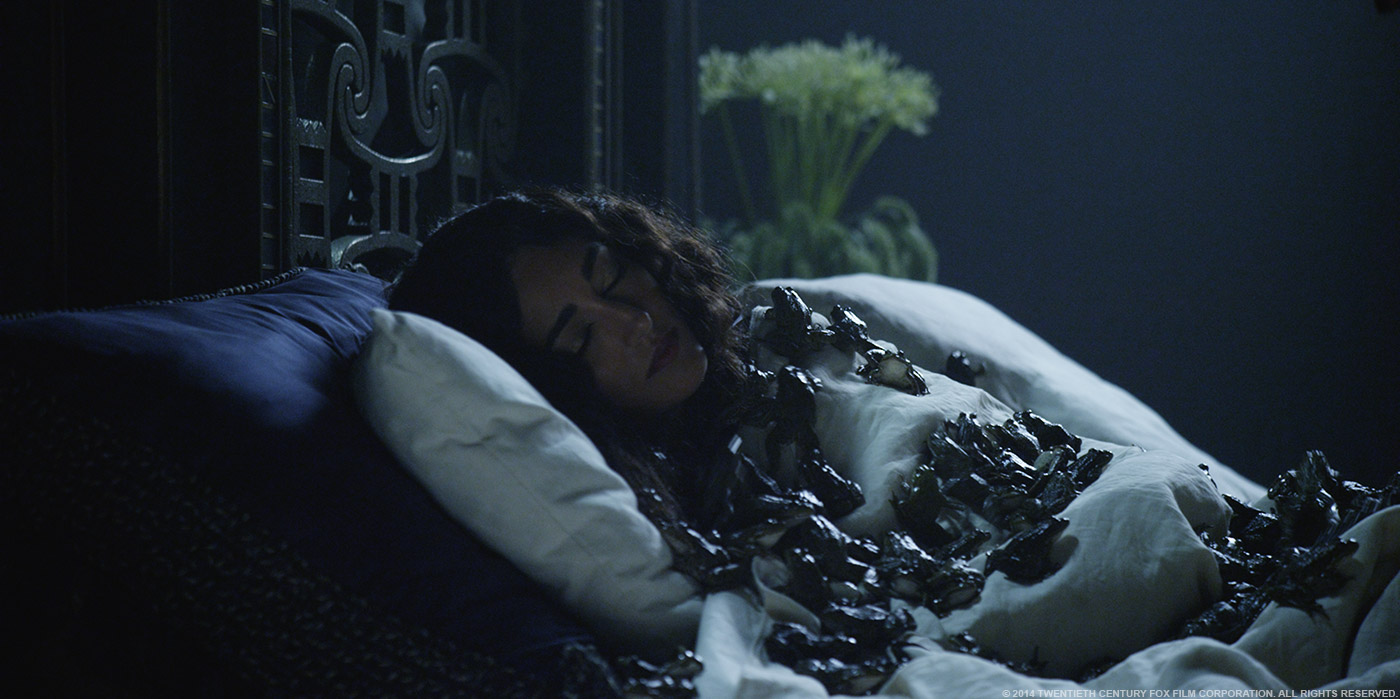
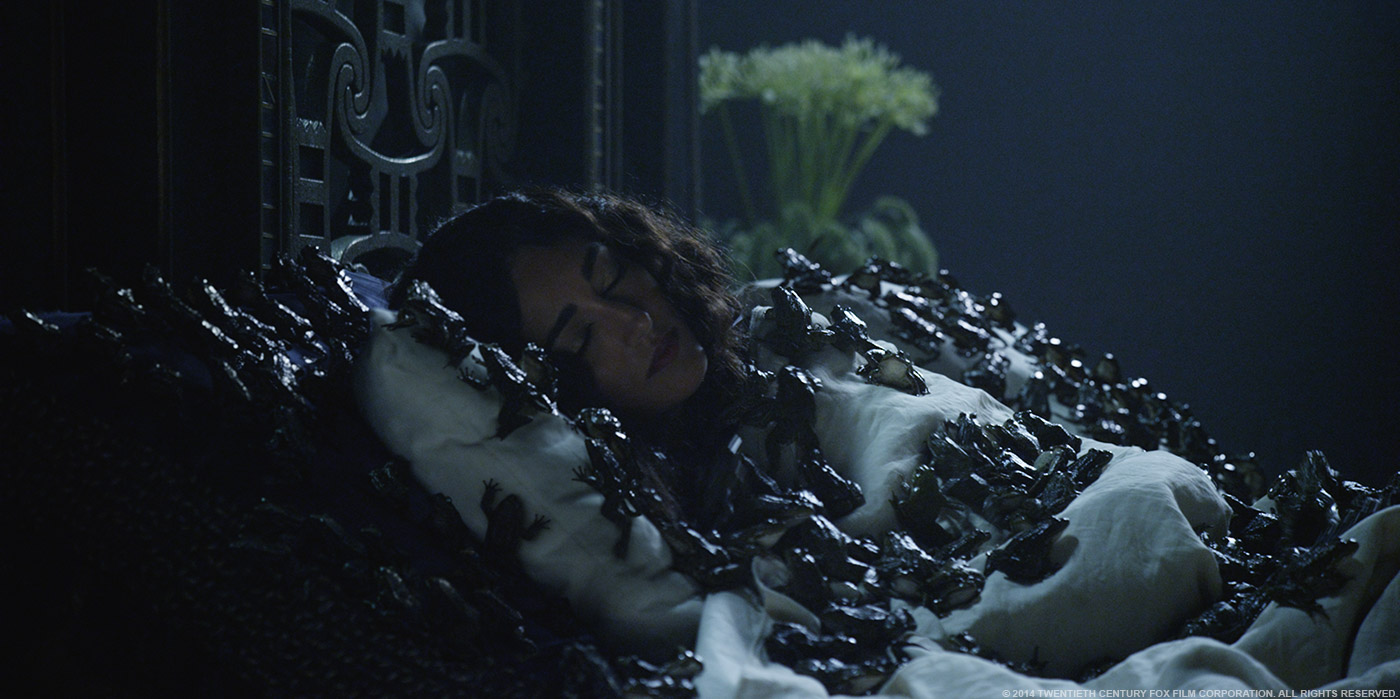
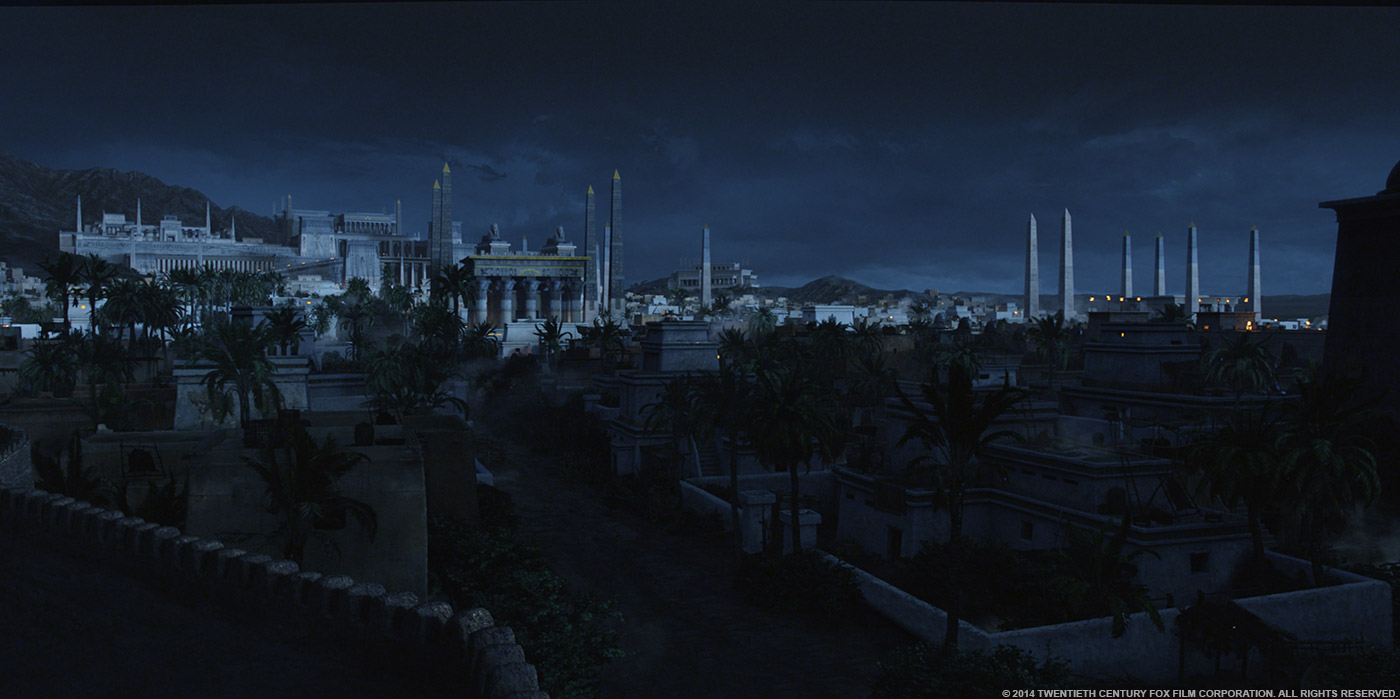
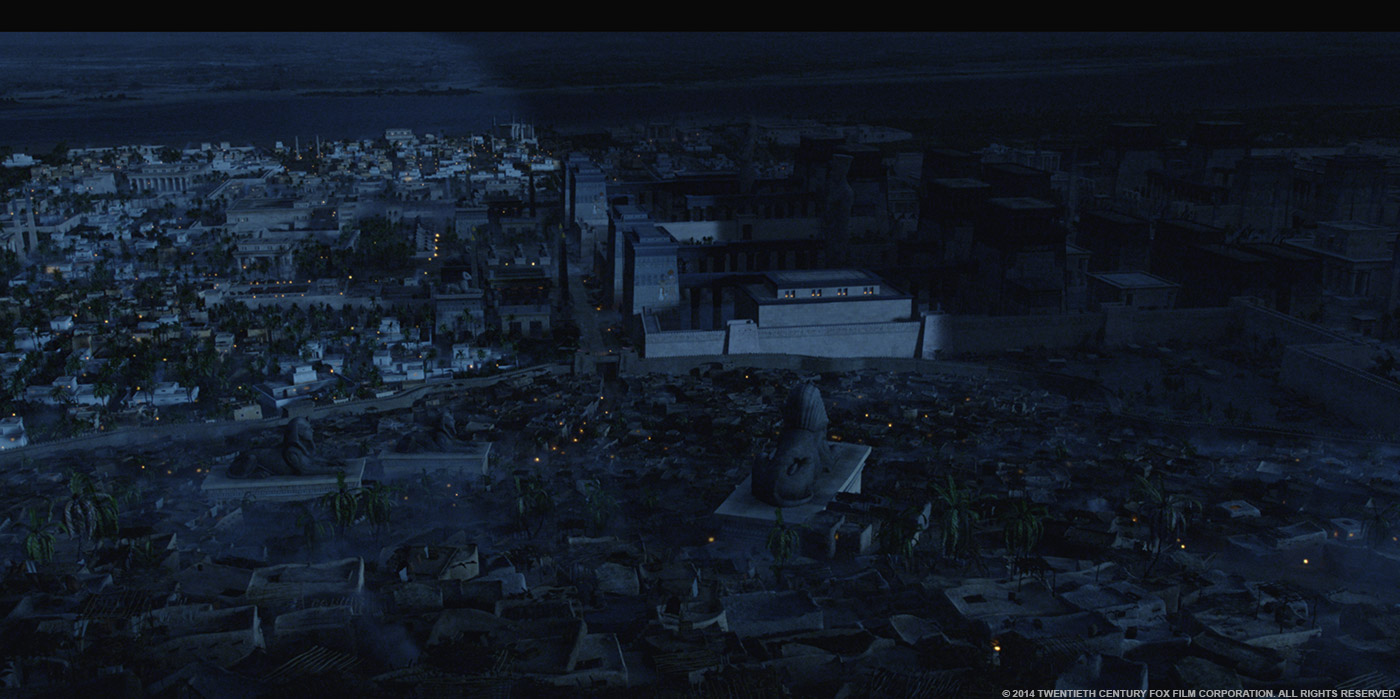
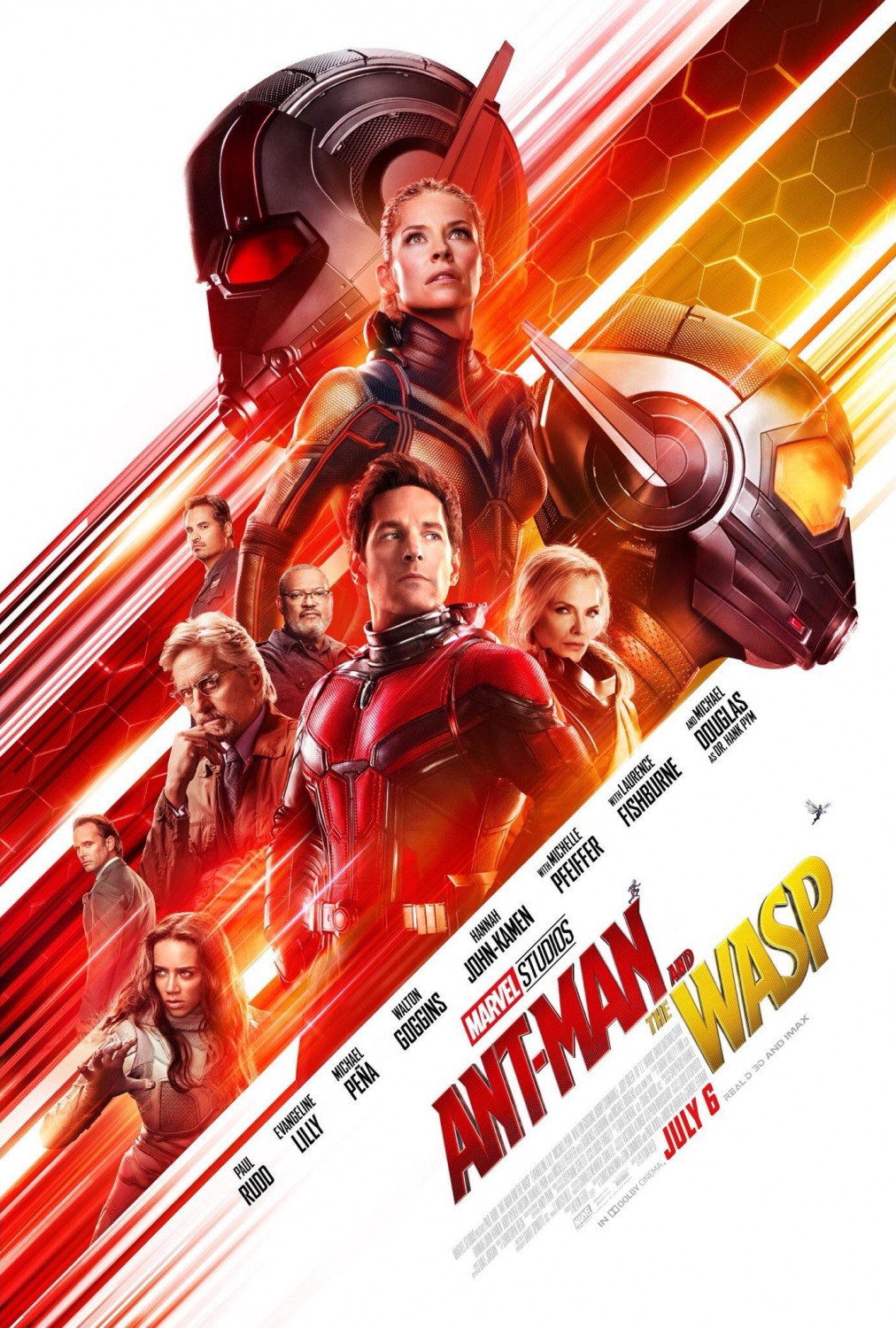
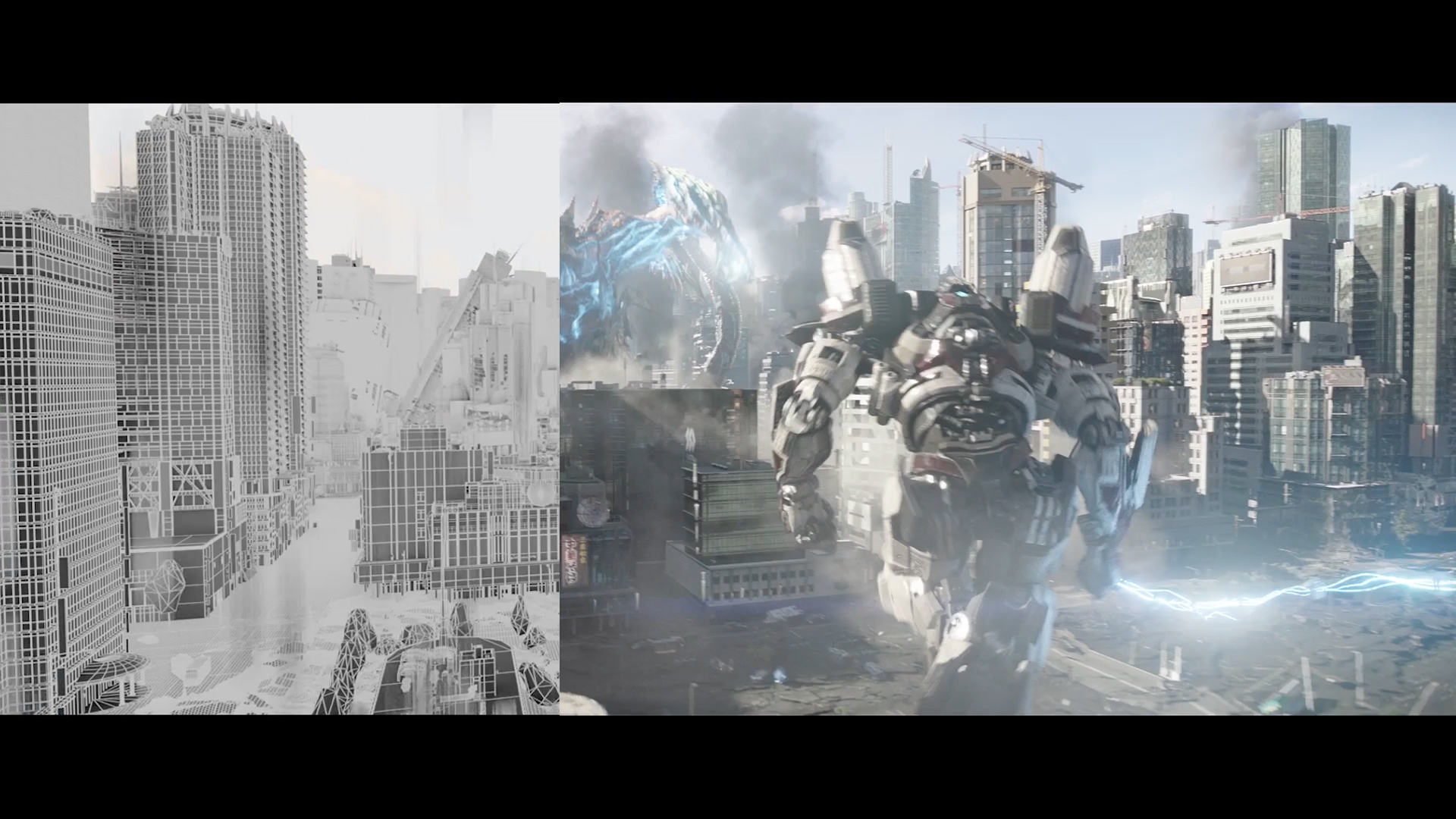
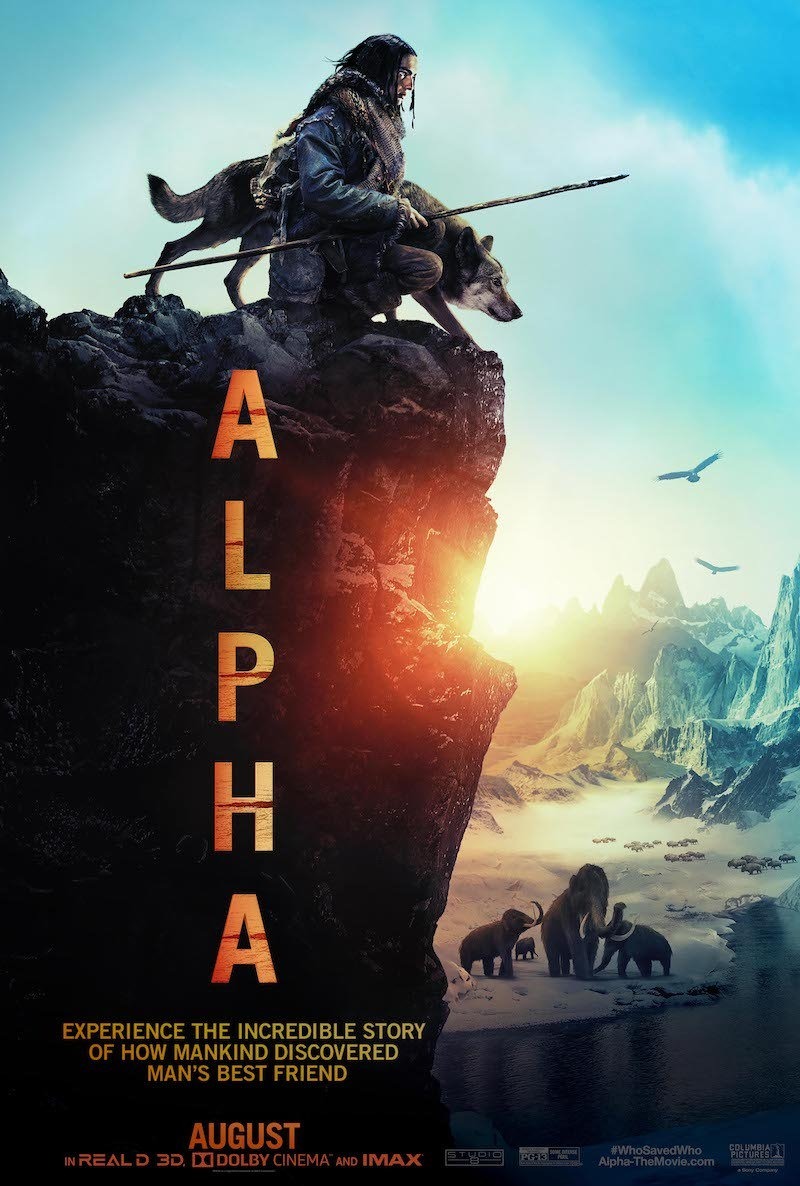
In the images 4 and 5 respectively, after “The movie is featuring many locations.”, there are some details that are not correct in terms of perspective and scale. Anyway , it’s a good work.
Hi,
Good article, but the Lola which worked on the film isn’t http://www.lolavfx.com it’s http://www.lola-post.com
Apart from that, really enjoyed it.